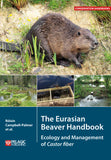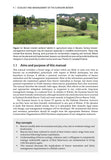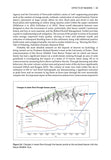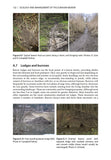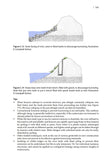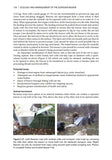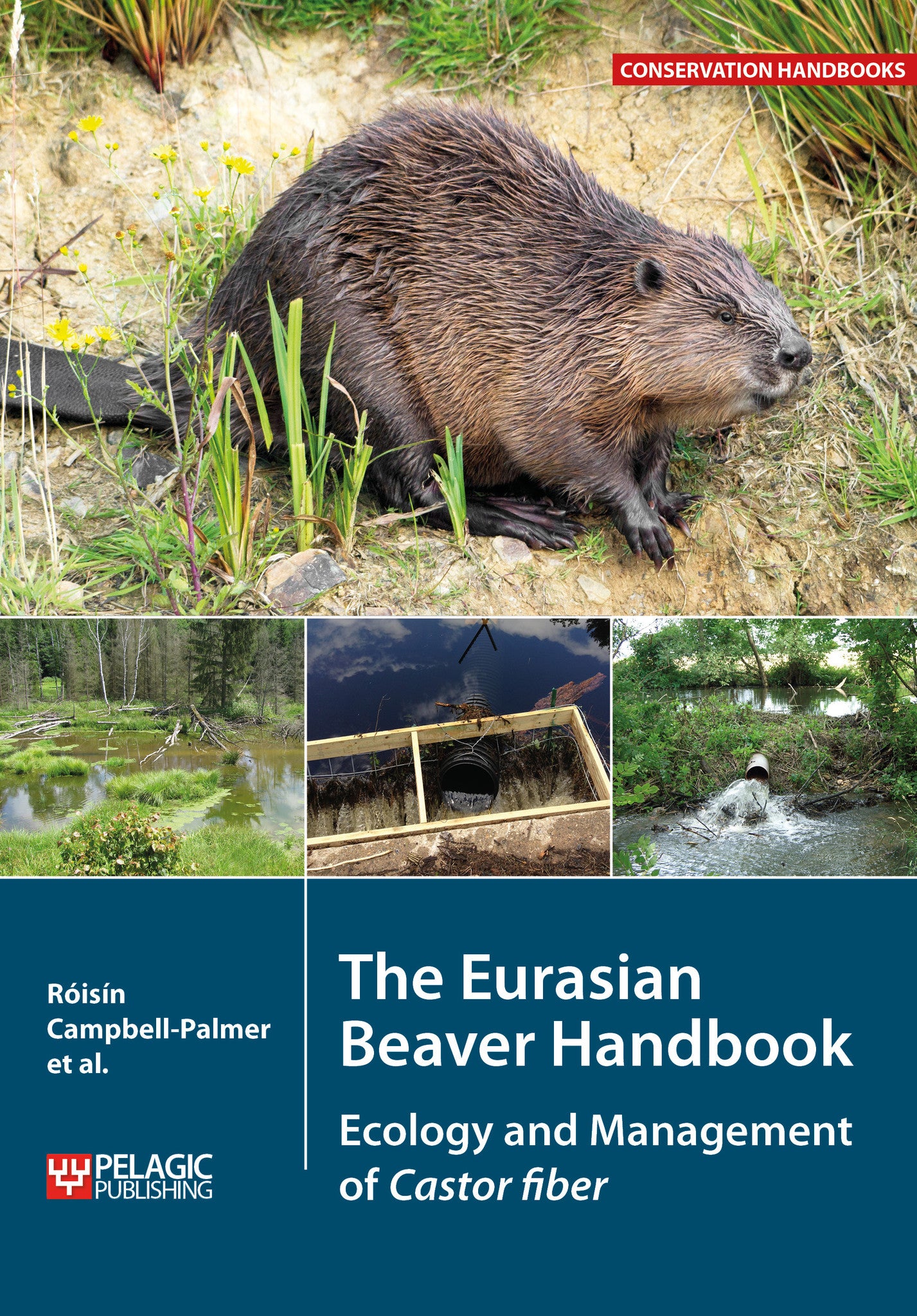
The Eurasian Beaver Handbook
Ecology and Management of Castor fiber
- A detailed overview of the ecology and behaviour of the Eurasian beaver in contemporary landscapes
- How to recognise the presence and activities of beavers using a broad range of field signs
- It provides tried and tested methods for mitigating adverse impacts of beaver behaviour
- Demonstrates how to apply management techniques in accordance with current legislation
- Hurrah! At last, a factual and pragmatic guide to why we should have beavers in Britain and how we can live with them.
—Chris Packham
- beaver
- biology
- castor
- conservation
- ecology
- mammals
- reintroduction
- rewilding
Trailer Video
Description
Beavers are widely recognised as a keystone species which play a pivotal role in riparian ecology. Their tree felling and dam building behaviours coupled with a suite of other activities create a wealth of living opportunities that are exploited by a range of other species. Numerous scientific studies demonstrate that beaver-generated living environments that are much richer in terms of both biodiversity and biomass than wetland environments from which they are absent. Emerging contemporary studies indicate clearly that the landscapes they create can afford sustainable, cost-effective remedies for water retention, flood alleviation, silt and chemical capture.
Beaver activities, especially in highly modified environments, may be challenging to certain land use activities and landowners. Many trialled and tested methods to mitigate against these impacts, including a wide range of non-lethal management techniques, are regularly implemented across Europe and North America. Many of these techniques will be new to people, especially in areas where beavers are newly re-establishing. This handbook serves to discuss both the benefits and challenges in living with this species, and collates the wide range of techniques that can be implemented to mitigate any negative impacts.
The authors of this handbook are all beaver experts and together they have a broad range of scientific knowledge and practical experience regarding the ecology, captive husbandry, veterinary science, pathology, reintroduction and management of beavers in both continental Europe and Britain.
Table of Contents
1. Introduction
2. The history of beavers in Britain
3. Beaver biology and ecology
4. Legislation
5. Effects of beavers
6. Managing beaver impacts
7. Survey and monitoring
8. Learning to live with beavers
Appendices
References
Index
Reviews
- Hurrah! At last, a factual and pragmatic guide to why we should have beavers in Britain and how we can live with them.
—Chris Packham - Beavers are coming back! Across much their European range from where centuries ago these animals were rendered extinct, successful reintroductions mean that once more these fascinating mammals can be seen in the wild. We know more and more about the benefits of beaver reintroductions, from helping to moderate river flow to improved water quality and from positive impacts on fish populations to the creation of habitats that benefit a range of other wildlife species. While some have expressed concerns about the effects of beavers, for example on trees and flood risk, this comprehensive new guide presents the state of the art of knowledge to enable the full spectrum of benefits to be realised. The Eurasian Beaver Handbook marks an exciting moment for conservation and I hope the different groups with an interest in beavers will make the most of it.
—Tony Juniper - The authors of this handbook include many of the most significant names in beaver conservation in Europe, drawing on a wide range of experiences and perspectives, which gives this book great depth and insight.... For me, working on the River Otter Beaver Trial here in Devon, this book is already providing a quick reference guide which I’m finding easy to use and full of valuable information. It is well organised and referenced and will become vital for those managing land which beavers recolonise in the decades ahead.
—Mark Elliott, ECOS - ... I recommend Eurasian Beaver Handbook for land managers, policy writers, and landowners interested in managing European landscapes that include, or may potentially include, beavers. ... Although this book focuses on the European beaver, practitioners in North America also could benefit from reading this book to compare management styles, tools, and techniques.
—Jimmy D. Taylor, Journal of Wildlife Management
About the Author
The authors of this handbook are experienced in working with both wild and captive beavers. This collaboration has involved a truly international range of experts. Their breadth of experience (constituting 201 years between them) and abilities range from academics actively involved in research to wildlife managers working in the field on mitigation and conservationists promoting beaver reintroduction.
Bibliographic Information
 214 pages
214 pages - 161 colour photographs, 16 figures
- 5 tables
- BISAC SCI070030, SCI020000, NAT010000, NAT019000, NAT037000, NAT045000
- BIC PSVW7, WNC, WNCF, PSVS, RNKH






